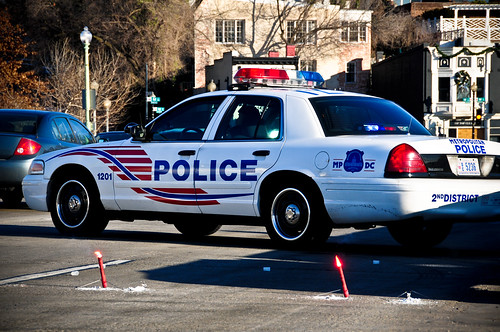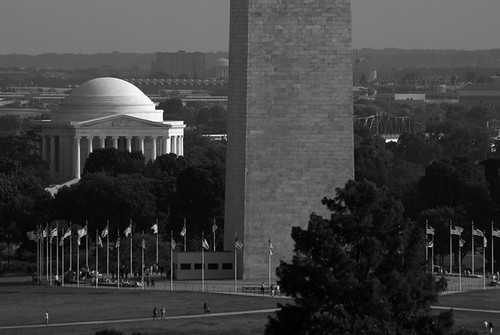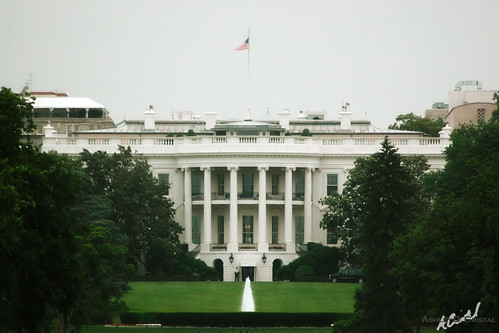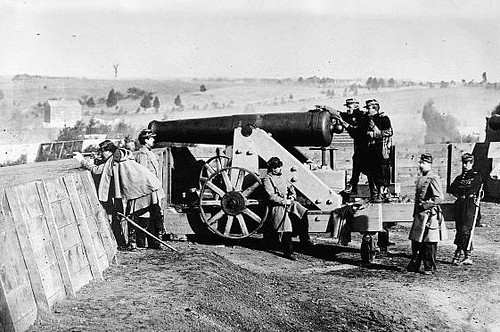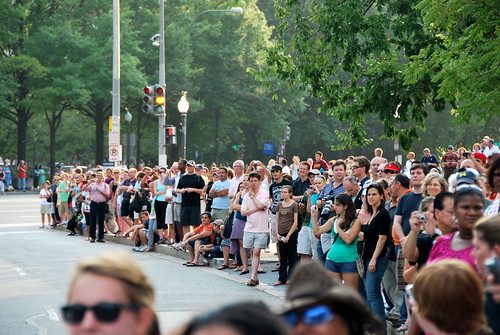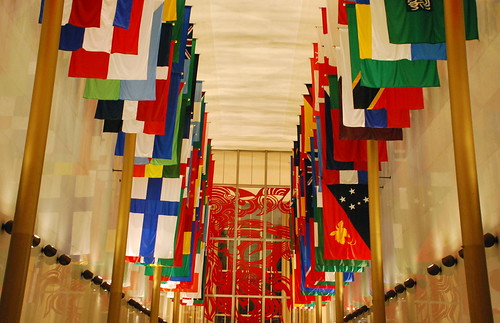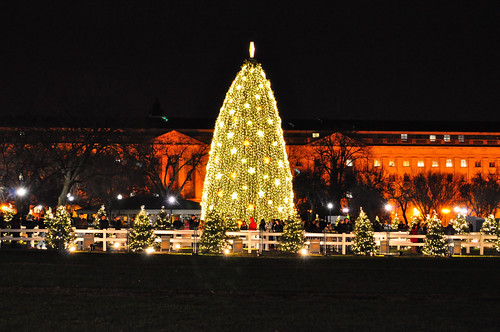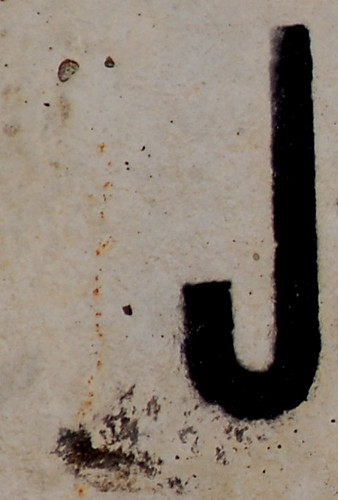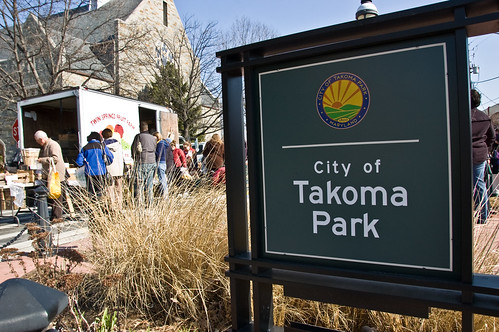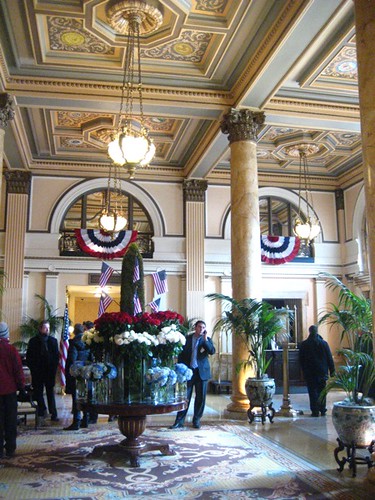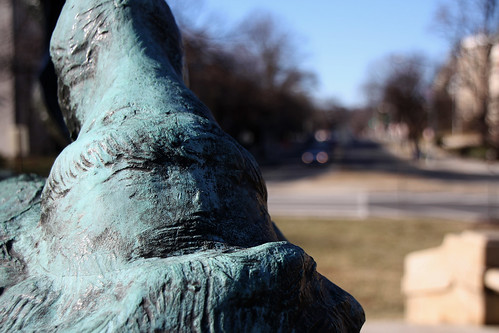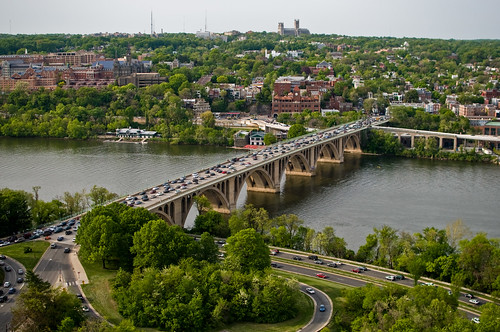
‘Potomac River – Traffic on the Key Bridge – 04-20-10’
courtesy of ‘mosley.brian’
I went for a swim in the Potomac River this weekend, and right before I jumped in the water I heard two fellow triathletes have the following conversation:
Triathlete 1: I have a friend who signed up for this race, but he dropped out because he has an Ironman tri coming up, and he wanted to be healthy for it.
Triathlete 2: (confused look)
Triathlete 1: Oh, you didn’t know? The Potomac River is one of the dirtiest rivers in the country, and people have caught hepatitis from it. He wanted to make sure he didn’t catch anything during today’s swim.
Triathlete 2: Oh my God.
The triathletes then continued to discuss the poor quality of the river they were about to jump into. I doubted that anyone could catch hepatitis from a body of water (but apparently I was wrong), but I started to wonder whether it was true that the Potomac River was one of the worst in the country. So after swimming, biking, and running around the District, I decided to sit down and put this myth to the test. Is DC home to the most polluted rivers in America?
